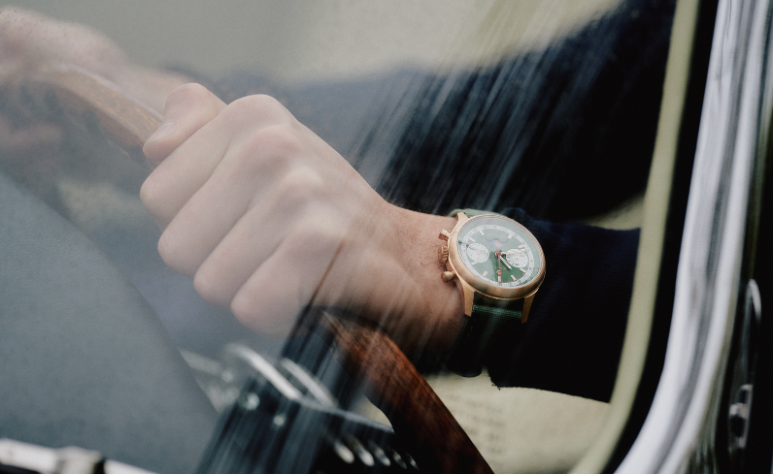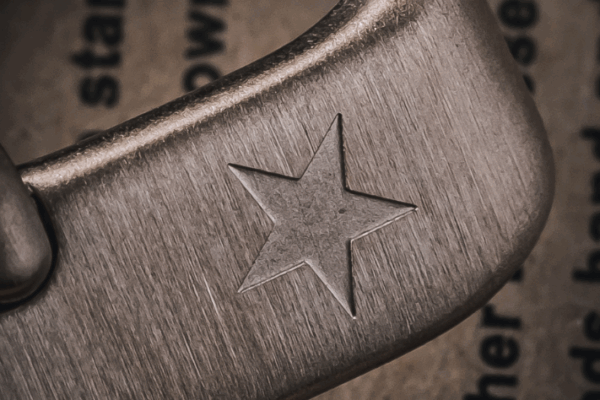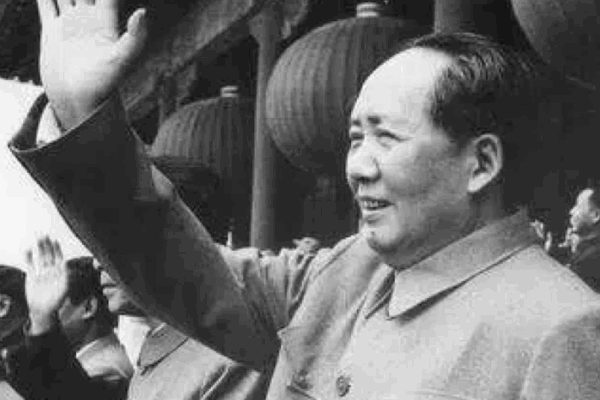Timekeeping has always been a matter of precision, but in the theater of war, it became a matter of life and death. From the trenches of World War I to the cockpits of fighter jets during the Cold War, the chronograph evolved not just as a tool, but as a companion to history’s most pivotal moments.
This article explores how military needs have influenced the development of one of the most beloved watch complications—the chronograph—and how these timepieces have become silent witnesses to the making of modern history.
1. The Birth of the Chronograph: More Than Stopwatch Functionality
The chronograph, derived from the Greek words chronos (time) and graph (to write), was first developed in the early 1800s for astronomy and horse racing. But it wasn’t until World War I that its value in military applications became clear. Soldiers needed watches that could do more than tell time—they needed to track artillery fire, coordinate attacks, and calculate fuel or flight time.
As a result, watches with stopwatch functions were adapted for field use. Legibility, ruggedness, and reliability became defining traits of military chronographs.
2. WWII and the Rise of Pilot Chronographs
World War II ushered in the golden age of military chronographs. Air forces in particular needed precise timing instruments for navigation, bombing missions, and flight coordination. Iconic brands like Longines, Omega, and Hanhart produced chronographs for Allied and Axis powers alike.
These watches featured large dials, luminous hands, and flyback functions—features that still define pilot watches today.
3. Cold War Era: A Global Expansion of Military Watch Programs
Following WWII, militaries across the world began developing their own timepieces. The Soviet Union created rugged, utilitarian watches under state-owned factories like Poljot and Vostok. Meanwhile, in China, a watch project known as Project 304 was commissioned by the People’s Liberation Army Air Force in 1961.
This secretive program led to the creation of a mechanical chronograph designed for Chinese pilots, marking the country’s first serious entry into military horology. Though often overshadowed by Western watchmakers, China’s contribution was no less significant—an echo of a global arms race translated into wristwatches.
4. Design Language and Legacy: The Military Aesthetic in Modern Watches
Today, chronographs remain popular not just for their function, but for their form. The clean, purposeful look of a military timepiece—domed crystals, oversized pushers, and tachymeter scales—continues to inspire modern designs. Brands both big and small now echo the aesthetic DNA of watches built for war.
In many ways, every modern chronograph is a descendant of those first field watches, carrying forward a legacy of precision and resilience.
Conclusion: Beyond the Battlefield
Military watches weren’t born for luxury. They were born for necessity. But in that crucible, some of the most iconic and enduring designs emerged—tools turned time capsules.
At Historywatches, we believe understanding the stories behind these timepieces enriches the way we wear them. In the coming weeks, we’ll dive deeper into chronographs from different eras and regions—including one designed in 1960s China, under the shadow of revolution.







This article came at the perfect time for me. Appreciate you sharing these tips.
Comments are closed.